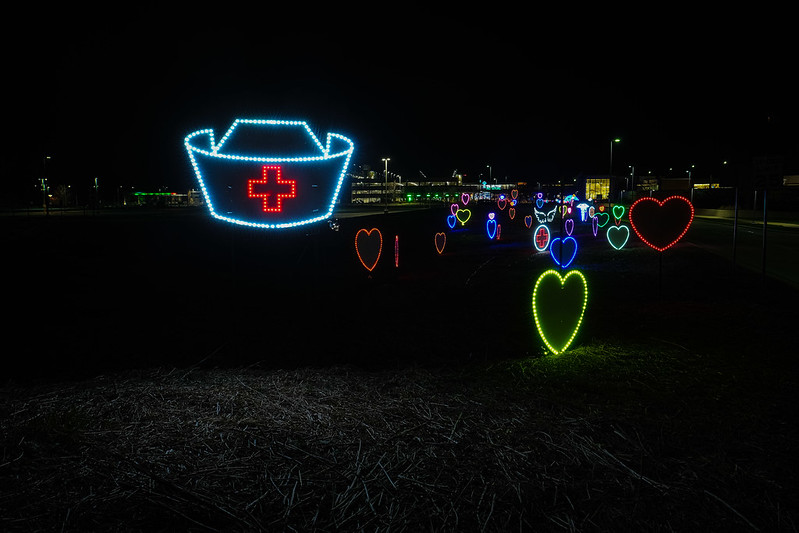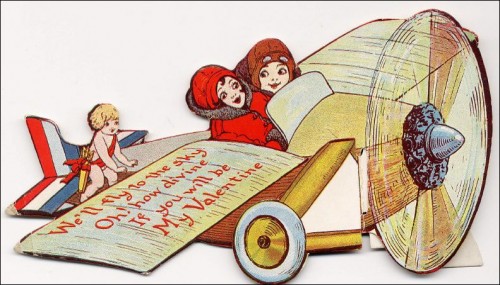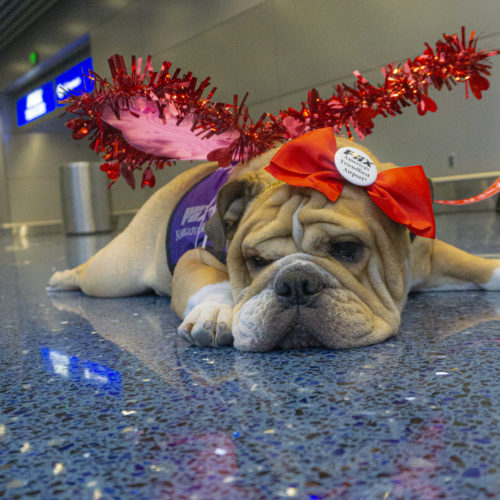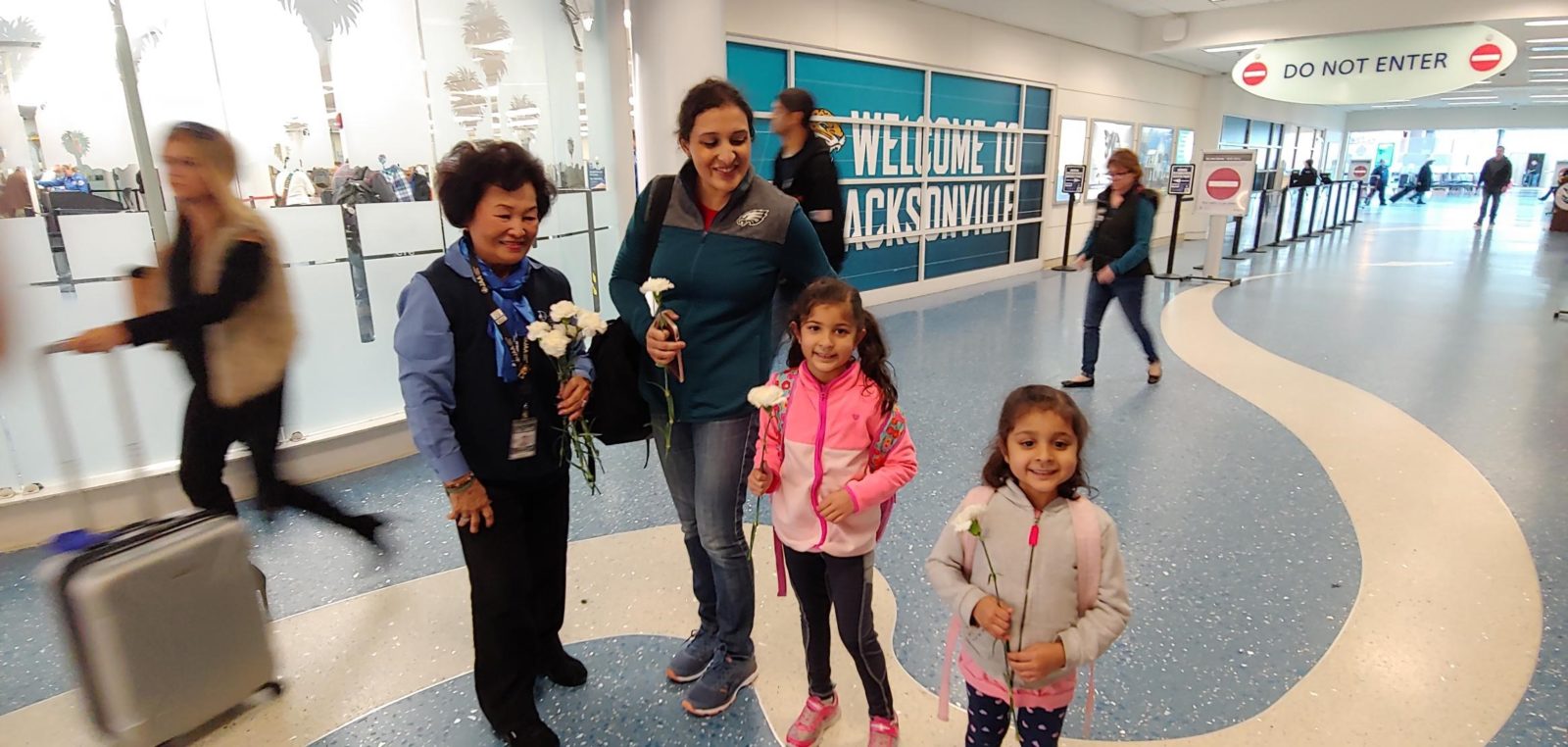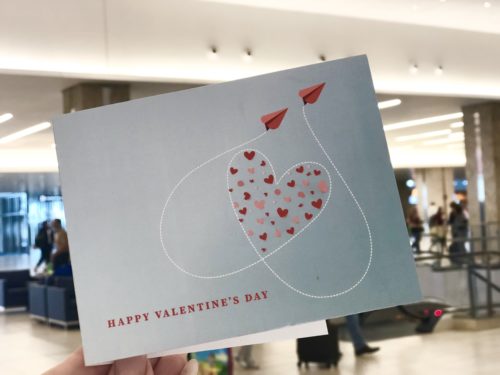
San Francisco International Airport (SFO) is sharing how the city’s Mission District is marking the Dia de los Muertos holiday.
Passengers will be treated to live music, dance, and cultural performances from San Francisco-based Latino artists.
The Dia de los Muertos celebration originated in Mexico and is now observed worldwide as a time for the living to pay tribute to those who have passed away. In San Francisco, the holiday celebrations center around the city’s Mission District, especially the Mission Cultural Center for Latino Arts (MCCLA).
And this year, the MCCLA is presenting a spectacular Dia de los Muertos shrine in SFO’s Harvey Milk Terminal 1.

The shrine can be seen through November 10. Passengers will also be treated to music performances celebrating from October 26 – 28 and from November 2 – 4. The bands will perform multiple sets between 11 am and 3 pm each day.
Here are some details about the performers:
Wednesday, October 26: La Melodía de Cristo
Representing Guatemala with joy and love in Cumbia, Merengue, Salsa, and Bachata.
Thursday, October 27: Colectivo CalleSon
A community of musicians, singers, dancers, cooks, and poets that uphold and help sustain southern Mexico’s Son Jarocho tradition.
Friday, October 28: Tradición Peruana Cultural Center
Music and dance celebrating the rich diversity of art from Peruvian cultures in the Bay Area and beyond.
Wednesday, November 2: Anthony Blea Afro-Cuban Quartet
Violinist Anthony Blea and his talented bandmates play danceable, infectious Afro-Cuban beats.
Thursday and Friday, November 3 and 4: Cascada de Flores
A bi-national collection of musicians who find the joy of creation, individual expression, and musical communication within Mexican and Latin traditions.
.
Unpacking SFO’s Dia de los Muertos altar

Dia de los Muertos marks a trio of events during which it is believed the spirits of children, adults, and all the dead return.
To welcome those spirits, the living create “ofrendas” or altars with items representative of the deceased person’s favorite foods and activities. Items to help the spirits continue their journeys are added as well.
SFO Airport and San Francisco’s Mission Cultural Center for Latino Arts share these tips on how to ‘read’ the three-tier altar, which represents three planes of existence: the sky, the earth, and the underworld.
The heart: The heart is a sacred symbol in Mexican art, representing divine love.
Marigolds: These bold, orange flowers are sometimes called “Flor de Muerto” or “flowers of the dead.” Their scent helps to attract souls to the altar.
Papel picado: Beautiful and intricately cut tissue paper banners are light enough to blow in the breeze when spirits arrive in this world. Their delicate nature symbolizes the fragility of life.
Alebrije animals: Traditional in Mexican art, these fantastical creatures combine the features and characteristics of various animals.
Photos and personal items: Photos of the deceased draw their spirit to the altar, as do personal items that were important during their lives on earth.
Water, pan de muerto, and other food: “Bread of the Dead” (pan de muerto) in the shape of bones or skulls is included with the deceased’s favorite foods to nourish their spirit upon return to the land of the living. Water is placed on the altar to quench their thirst after a long journey.
Candles: Candlelight illuminates the path home for returning spirits.
Salt: Often shaped into a cross, salt purifies spirits as they cross into the realm of the living.
Copal incense burner: Derived from the copal tree, the incense purifies spirits and elevates the prayers of the living.

